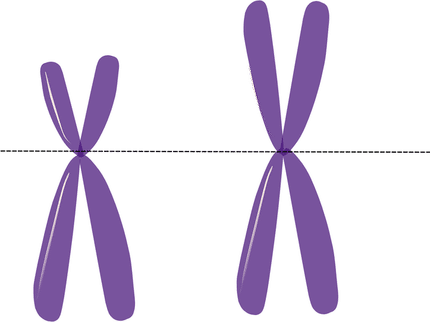New cell division mechanism discovered
A novel cell division mechanism has been discovered in a microorganism that thrives in hot acid. The finding may also result in insights into key processes in human cells, and in a better understanding of the main evolutionary lineages of life on Earth. The study is published in the American National Academy of Sciences, PNAS.
The research group at the Department of Molecular Evolution at Uppsala University has identified a completely cell division machinery. The discovery was made in Sulfolobus acidocaldarius, a microorganism belonging to the third domain of life, the Archaea, which originally was isolated from a hot spring in Yellowstone national park in Wyoming, USA. Because of the extreme conditions, in which the cells grow optimally in acid at 80ºC, the organism is of interest for a wide range of issues.
"They represent exciting model systems in theories for how life once may have originated in hot environments on early Earth, as well as in the search for life in extreme environments on other planets," Professor Rolf Bernander explains. He is the scientist behind the study, together with colleagues Ann-Christin Lindås, Erik Karlsson, Maria Lindgren and Thijs Ettema.
The researchers have identified three genes that are activated just prior to cell division. The protein products from these genes form a sharp band in the middle of the cell, between newly segregated chromosomes, and then gradually constrict the cell such that two new daughter cells are formed.
"This is the first time in decades that a novel cell division mechanism has been discovered, and the gene products display no similarity to previously known division proteins," Rolf Bernander says.
Two of the three proteins are instead related to eukaryotic so-called ESCRT- proteins, which play important roles in vesicle formation during intracellular transport processes, and which also have been implicated in virus budding, including HIV, from the cell surface. The results are, thus, important not only for an increased understanding of the cell biology of archaea and extremophiles, but also for key cellular processes in human and other higher organisms, and for issues related to the origin and evolutionary history of these processes.
Topics
Organizations
Other news from the department science

Get the life science industry in your inbox
By submitting this form you agree that LUMITOS AG will send you the newsletter(s) selected above by email. Your data will not be passed on to third parties. Your data will be stored and processed in accordance with our data protection regulations. LUMITOS may contact you by email for the purpose of advertising or market and opinion surveys. You can revoke your consent at any time without giving reasons to LUMITOS AG, Ernst-Augustin-Str. 2, 12489 Berlin, Germany or by e-mail at revoke@lumitos.com with effect for the future. In addition, each email contains a link to unsubscribe from the corresponding newsletter.
Most read news
More news from our other portals
Last viewed contents
Misuse of cost containment policies threatens patient access to Orphan Medicines
Hepatitis_C
Wagner's_disease
Immune system may guide chemotherapy for breast cancer



















































